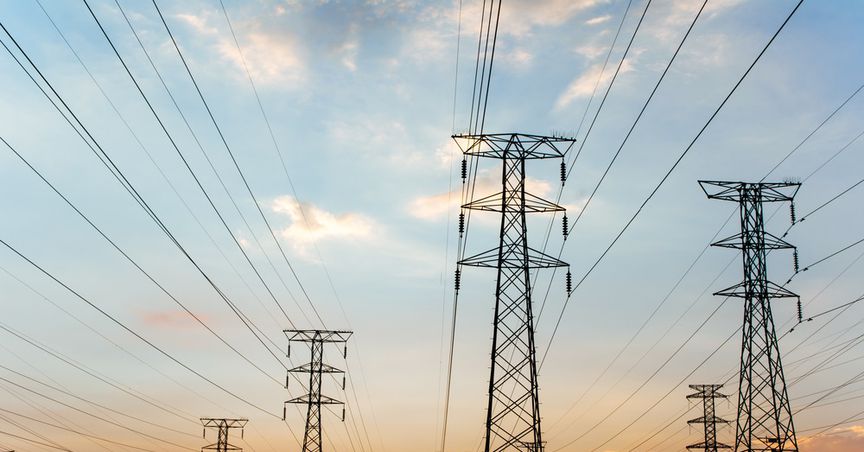Summary
- From July, UK’s energy suppliers could resume debt recovery
- National Grid Plc estimated a potential impact of up to £1 billion on cash flow for 2021
- Recent business performance highlights of DRX and SSE
Ofgem’s top official, Jonathan Brearley said that power suppliers could resume debt recovery processes from July onwards. The power companies have already extended a lot of credit to the customers during the lockdown induced by the novel coronavirus, which has resulted in additional financial pressure on these companies during the unprecedented crisis. Due to the economic impact of this crisis, the customers were offered payment holidays, delayed payments, and reduced bills by the energy suppliers.
The Regulator’s Chief Executive cautioned the energy suppliers to consider the financial capacity of the customers and refrain from using aggressive policies. The companies could rely on the Enforcement Agents or Bailiffs for recovering dues, however, they are not supposed to chase vulnerable consumers.
During the unprecedented crisis caused by the pandemic, the sector has faced a challenging environment. Some of these challenges include ensuring the safety of vulnerable customers and undisrupted power supply to households across the UK.
The outbreak of Covid-19 has had a significant impact on the way in which the power sector operates. As the coronavirus crisis unfolded, the energy companies switched to business continuity plans by making a risk assessment of their respective operational projects to ensure uninterrupted essential utility services.
During the lockdown, the energy demand has shifted to households from industries. This has mounted pressure on the power grids due to these lessened demand levels. Therefore, the power companies are working closely with the energy regulator, Ofgem to put in balancing services and ensure safety and reliability of the system.
The energy suppliers have been under the pump during the unprecedented crisis caused by the novel coronavirus. National Grid Plc (LON: NG.), in its results for the fiscal year 2020, estimated a potential impact of up to £1 billion on cash flow and around £400 million on underlying operating profit in the fiscal year 2021 due to the economic impact of the novel coronavirus.
With the gradual reopening of economy and debt recovery mechanisms in place, cashflows and earnings could improve considerably for National Grid Plc. The business seems to bear a significant impact in the US markets. The UK’s energy firm operates gas networks in the United States. The company expects severe impacts on multiple fronts such as rising costs due to coronavirus crisis, delay in planned rate increases for gas distribution, and higher bad debt charges.
The energy company has witnessed a surge in operating costs such as protective health gear and health screening costs to enable its employees return to work and help in keeping the critical processes up and running during the crisis.
Due to the current macro-economic factors and prevalent conditions in the economy, National Grid Plc expects a rise in bad debt during the fiscal year 2021. This would lead to lesser revenue collections and cashflows in the United States.
In addition, the lessened demand of energy due to lack of economic activities, uncleared dues, regulatory mechanisms in place, and several customer assistance programmes in the UK would be detrimental for the revenue of the company in the short term.
Let us examine a few energy companies operating in the UK.
- Drax Group Plc (LON:DRX)
UK based Drax Group Plc is a utility company. From electricity generation to its supply & distribution, the company does everything. The company reflected a robust trading and operational performance with adjusted EBITDA for the year 2020 currently in line with expectations for the first quarter of the financial year 2020.
The Company delivered a strong operational and financial performance in the first three months of the fiscal year 2020. The company has a robust business model and strong balance sheet to undertake future projects and tap market opportunities. In addition, the group is likely to invest nearly GBP 120 million in biomass energy in FY20, which would help the company in switching to a carbon negative state by 2030.
On 23rd June 2020, at the time of writing (before market close, GMT 08:23 AM +1), Drax Group Plc shares were 1.82 per cent up against its previous day closing price and were trading at GBX 235.40. Stock's 52 weeks High and Low is GBX 334.20 /GBX 126.40. At the time of writing, the share was trading 86.23 per cent higher than its 52-week Low and 29.56 per cent lower than its 52-week High. Along with an annual dividend yield of 6.85 per cent, the beta of the company stood at 1.79, reflecting higher volatility as compared to the benchmark index. Drax Group Plc’s total M-Cap (market capitalisation) while writing stood at £917.67 million.
- SSE Plc (LON:SSE)
UK based SSE Plc is a utility company. From electricity generation to its supply & distribution, the company does everything. Despite the economic impact of the novel coronavirus, the adjusted operating profit was up by 37 per cent to £1,488.4 million in the fiscal year 2020. The company’s adjusted profit before tax was up by 49 per cent to £1,023.4 million in the fiscal year 2020. The company contributed £7.7 billion to UK’s GDP during the period. The company’s annual dividend stood at 80 pence per share during the period.
The company estimated an impact of up to £250 million on operating profit due to the novel coronavirus for the fiscal year 2021. By 2030, the company aims to reduce its carbon footprint by 60 per cent.
On 23rd June 2020, at the time of writing (before market close, GMT 08:38 AM +1), SSE Plc shares were 0.94 per cent up against its previous day closing price and were trading at GBX 1,403.50. Stock's 52 weeks High and Low is GBX 1,686.50/GBX 1,072.50. At the time of writing, the share was trading 86.23 per cent higher than its 52-week Low and 29.56 per cent lower than its 52-week High. Along with an annual dividend yield of 5.77 per cent, the beta of the company stood at 0.58, reflecting lesser volatility as compared to the benchmark index. SSE Plc’s total M-Cap (market capitalisation) while writing stood at £ 14,452.97 million.
Stock price comparative chart: DRX and SSE

(Source: Thomson Reuters)






